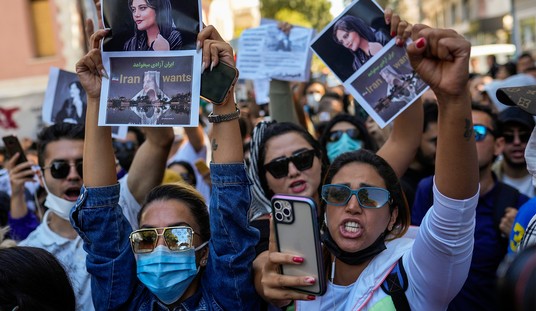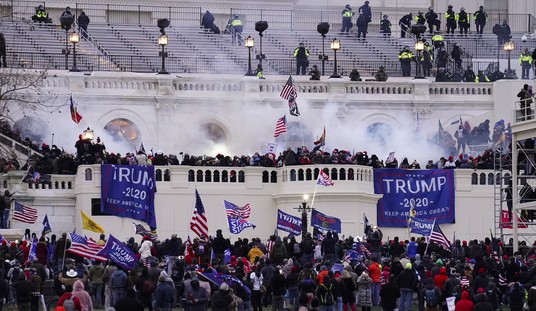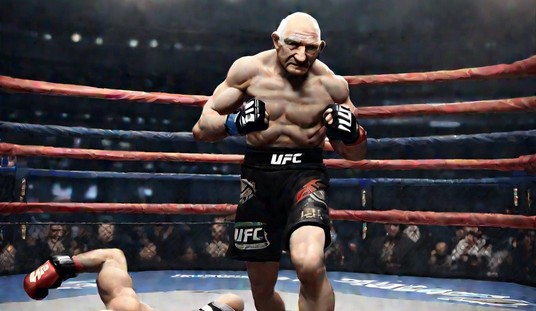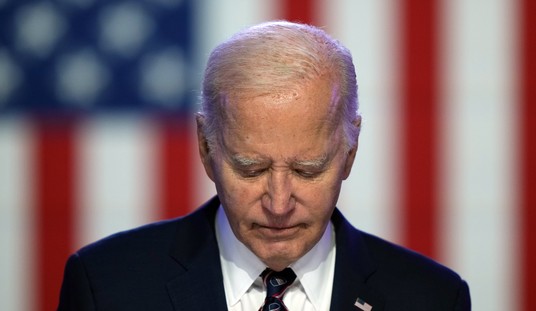To paraphrase the Broadway hit Hamilton: Phyllis Chesler was not only in the room where it happened, she was often the one in the room making it happen. “it” in this case refers to second-wave feminism, and Chesler was at its epicenter. A Politically Feminist: Creating a Movement with B*tches, Lunatics, Dykes, Prodigies, Warriors, and Wonder Women (St. Martin’s Press) is the latest of her 18 books. It is a movement’s memoir as well as a personal history.
The first feminist wave, from the 19th to the early 20th century, focused on eliminating legal bars to women’s equality: the legal rights to vote, to own property, and to be admitted to the professions. Even after these victories, however, women were still not secure physically, financially, or intellectually. The balance of power in their relationships with men – in the workplace, in marriage, and in control over reproduction — was wildly unfair.
Chesler’s latest book recounts the war to change all that. It sketches the marches for equal rights, protests against objectification by men, “bra-burnings” (a misnomer), the unheard-of demand that women’s mental health be judged under a female standard, and the sometimes successful wresting of control from the “male patriarchy” over what happens with, to, and by women. Chesler was there, driving and directing many of these campaigns. She chronicles these feminist firsts with a “you are there” immediacy and searing insight into the characters on the stage. Chesler also shows us that, for this revolution as for so many others, the individual ambitions and fears of the movement’s leaders had a tremendous impact on its victories and failures. And a huge impact on Chesler herself.
As a guide to the feminist movement, Chesler was positioned perfectly: intellectually (degrees in literature, graduate work in brain science, and a doctorate in psychology), chronologically (came of age in the late 50s) and geographically (New York City, naturally, the center-of-the-universe) for that wild ride on the Second Wave of Feminism.
Chesler describes the intense bonds her sisters developed as they struggled to shear their shackles, and the creativity with which they sought to replace what they believed were oppressive patriarchal institutions with new, women-centered organizations and ideas. The women joined consciousness-raising groups, wrote women-glorifying, male damning manifestos, and created women-only parallel or even sui generis unions such as the National Organization for Women and the ground-breaking Ms. Magazine. They demanded new paradigms in psychology, and women’s studies courses in colleges, so that history, culture, and the human mind were no longer understood solely through male models. Chesler, co-founder of the Association for Women in Psychology, and author of the 1972 Women and Madness, herself led the charge on these issues.
A Politically Incorrect Feminist paints the period of dramatic changes in American history engendered by the women’s movement, starting in the early 1960s, with Betty Friedan’s The Feminine Mystique (1963) and the SCUM Manifesto (1967), through the wildly productive, successful 1970s – Kate Millett’s Sexual Politics (1970), Shulamith Firestone’s The Dialectic of Sex (1970), the launching of Ms. magazine, and Chesler’s own work on psychology. It continues with the movement’s focus on abortion, leading to the Supreme Court’s 1973 decision in Roe v. Wade; and then on to the first major very public sex discrimination case, brought by Newsweek’s women staffers.
Chesler recounts her sisters’ larger-than-life roles in these battles, but the work is not hagiographic. Chesler depicts the infighting and mutual jealousies among the women leaders with whom she shared trenches for so long. One important and recurring theme is that, even among these feminist leaders, the movement’s commitment to women often yielded to wildly varying ideological imperatives.
Could a feminist publish a book on her own, and be paid the royalties? Or would that be a capitulation to capitalist oppression? Could she fight pornography and prostitution – or would that unfairly condemn the workplace choices of the women who fed themselves and their families by doing what the movement now calls “sex work”? The answers to these questions were pursued not as intellectual exercises but as life-or-death choices on which there could be only one answer (and sometimes only one surviving answerer).
Chesler shows how her sisters’ passionate commitments on these issues, and to communism and the Third World, led to the splintering and ultimate near-decimation of the feminist forces. As did so many others, this revolution devoured its own.
Chesler is a victim of this fallout, as one striking story illustrates. Chesler recounts how, in late 1979, an important United Nations diplomat told Chesler he wanted to help her with her feminist vision. He hired her to organize an international UN feminist conference. Chesler thought she was on the way to realizing her goal of creating a Feminist Government in Exile, perhaps even one with UN observer status. She began gathering leading feminists for collaboration.
And then, Phyllis Chesler was once again in a room when something happened. The “supportive” UN diplomat, a married man from Sierra Leone, barged into her hotel room late at night and raped her. In the ensuing days, he harassed Chesler, exposed himself to her and even harassed some of her feminist conference colleagues.
Chesler assumed that she and her colleagues would band together to confront her rapist.
But the sisterhood collectively concluded that stopping a rapist who used his exalted position to ensnare and sexually humiliate a woman – one of their own — was less important than either access to that power (for the greater good, of course) or the danger of feminism “being seen as racist.” The sisterhood not only refused to stand with Chesler, some of her erstwhile fellow Amazons including several of those most famous, continued working with the rapist. One even clandestinely took over Chesler’s professional role and tasks while Chesler sought to recover from the attacks – the sexual one and the betrayal.
Chesler’s crushing disappointment is palpable in much of the book. And why shouldn’t it be? But Chesler moved on, refusing to engage in either man-hatred or motherhood-ridicule as did so many of her comrades. She turned to others or went it alone, when necessary. Hers was an early and sometimes sole feminist voice actively opposing the longstanding judicial preference for awarding custody to men and not granting any or adequate support for women following divorces. She alone who lived in near-captivity as An American Bride in Kabul, the title of her 2013 autobiography, knew firsthand the horrors of Islamic femicide and apartheid. Chesler has been on the frontlines of publicizing the brutality of honor killings, gang rapes and grooming gangs which many of her former sisters won’t touch – one of the earliest versions of the blight known as intersectionality, where what Chesler sees as the universal rights of women are treated as of lesser importance, a rung below on the victimhood hierarchy.
The bitterness recedes, however when Chesler recounts the many victories, energizing struggles and the heroic warriors of the Second Wave of Feminism. The book is a must-read for everyone who wasn’t in the room when it happened.
Lori Lowenthal Marcus is a lawyer and journalist.








Join the conversation as a VIP Member